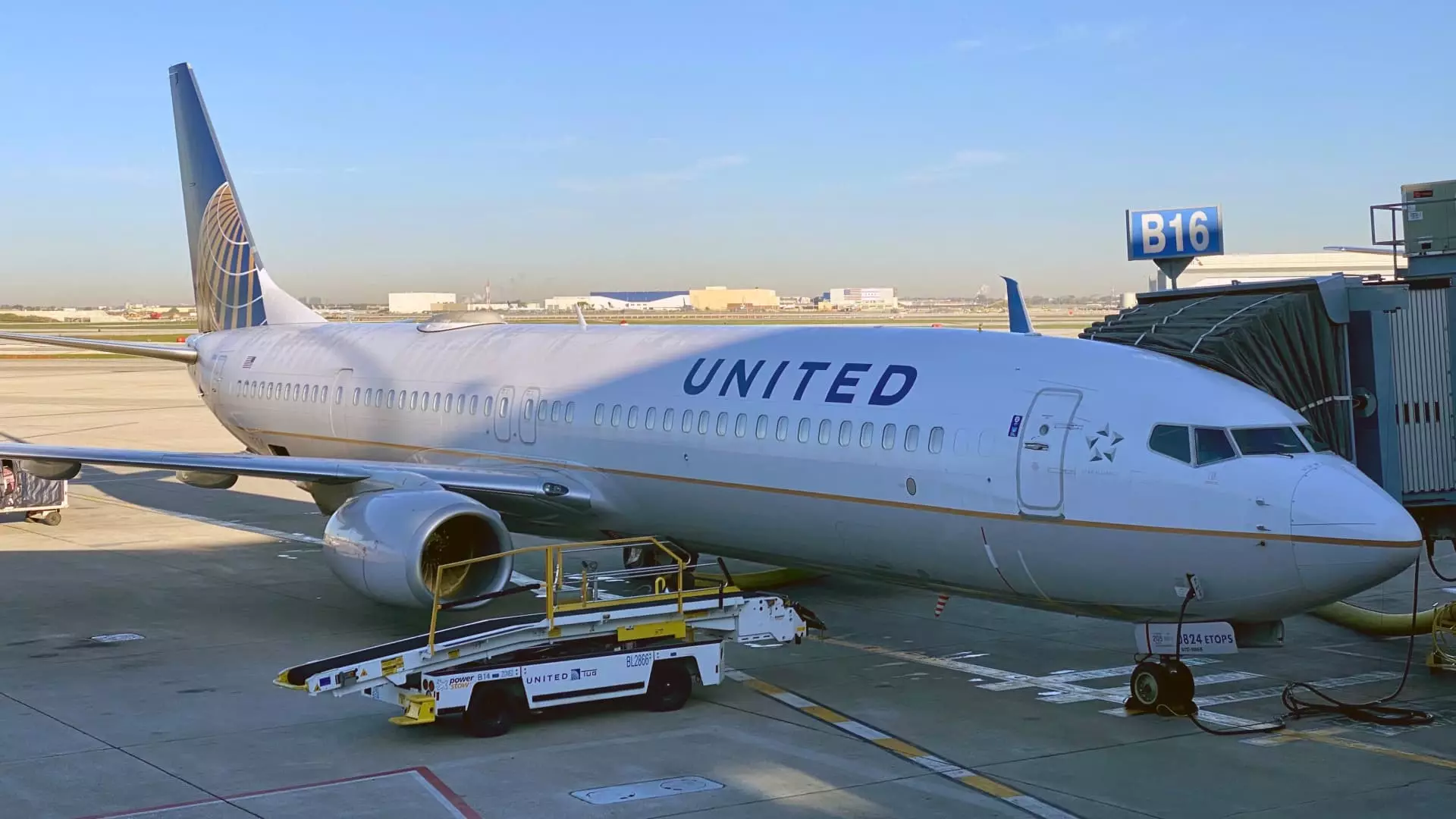Weather delays have always been a major concern for air travelers. Even when the skies are clear at your departure city, a thunderstorm hundreds of miles away can still wreak havoc on your flight schedule. The Federal Aviation Administration often implements ground stops to prevent congestion at airports, leading to delayed departures and longer flight routes to avoid bad weather.
Thunderstorms are notorious for their unpredictability, unlike larger weather systems such as winter storms and hurricanes. These sudden weather disruptions can leave planes and crews out of position, causing delays to cascade across the flight schedule. This unpredictability has been a perpetual challenge for airlines and passengers alike.
In response to the perennial issue of flight delays, United Airlines has introduced a groundbreaking solution. The airline is now leveraging generative artificial intelligence to provide travelers with real-time radar maps via text messages. These radar maps, sourced from the flight-tracking platform FlightAware, give passengers insights into the actual weather conditions affecting their flights.
United Airlines will be putting this innovative technology to the test during the upcoming July Fourth holiday period. With an anticipated record number of 5 million travelers flying between June 28 and July 8, the airline aims to enhance the travel experience by keeping passengers informed about potential disruptions. By proactively sharing information about flight delays caused by weather, mechanical issues, or airport congestion, United Airlines is empowering passengers to plan ahead and minimize inconvenience.
The utilization of artificial intelligence to provide real-time updates on flight disruptions reflects United Airlines’ commitment to improving on-time performance. In the first half of the year, the airline industry saw a slight improvement in on-time arrival rates, with 21.4% of flights arriving late compared to the previous year’s 22.3%. By leveraging technology and data-driven insights, United Airlines is striving to enhance operational efficiency and passenger satisfaction.
United Airlines’ proactive approach to addressing flight delays sets a new standard for customer service in the aviation industry. By harnessing artificial intelligence and real-time data, the airline is empowering travelers with information to navigate potential disruptions. As the travel landscape continues to evolve, innovative solutions like United Airlines’ live radar maps are reshaping the way passengers experience air travel.

